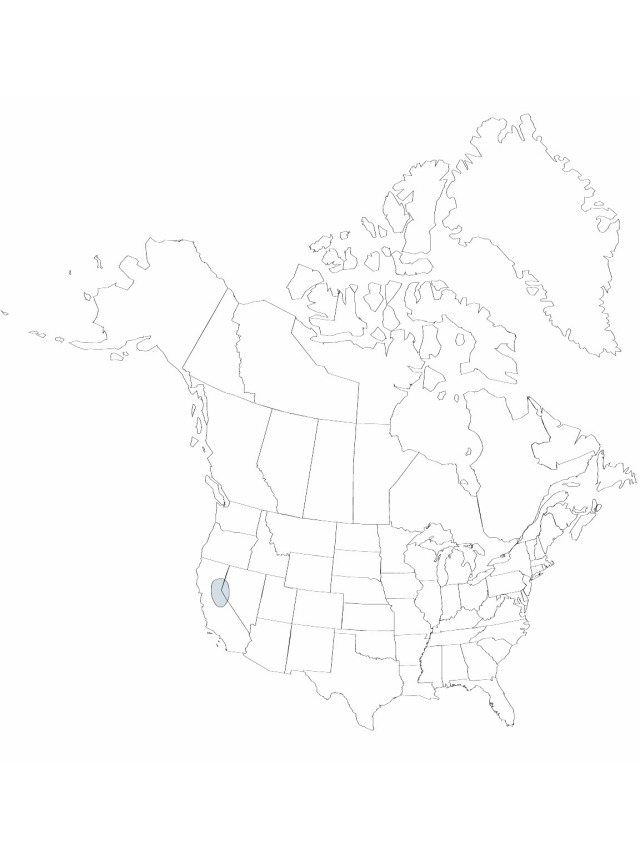Herbs, perennial, cespitose, 2–4.5 dm. Culms erect, terete, 1–3 mm diam., smooth. Cataphylls 1, straw-colored or maroon, apex acute. Leaves: basal 1–2, cauline 2–3; auricles 2–3.5 mm, apex rounded, scarious; blade terete, 2–16 cm × 1–2 mm. Inflorescences single heads (rarely cluster of 2–3 heads), 0.5–2 cm; primary bract erect; heads 15–25-flowered, spheric, 11–14 mm diam. Flowers: tepals light green to light pink or white, lanceolate, 3.1–4.2 mm, apex obtuse; stamens 6, anthers 2–3 times filament length. Capsules included, straw-colored, 1-locular, broadly obovoid to ovoid, 2.2–2.5 mm, apex obtuse, valves separating at dehiscence, fertile throughout or only proximal to middle. Seeds oblong, 0.5 mm, not tailed; body clear yellow-brown.
Phenology: Fruiting mid summer–fall.
Habitat: Sandbars, meadows, damp soil in rock outcrops, and talus
Elevation: 1400–3000 m
Discussion
Selected References
None.
